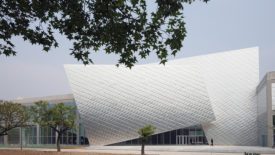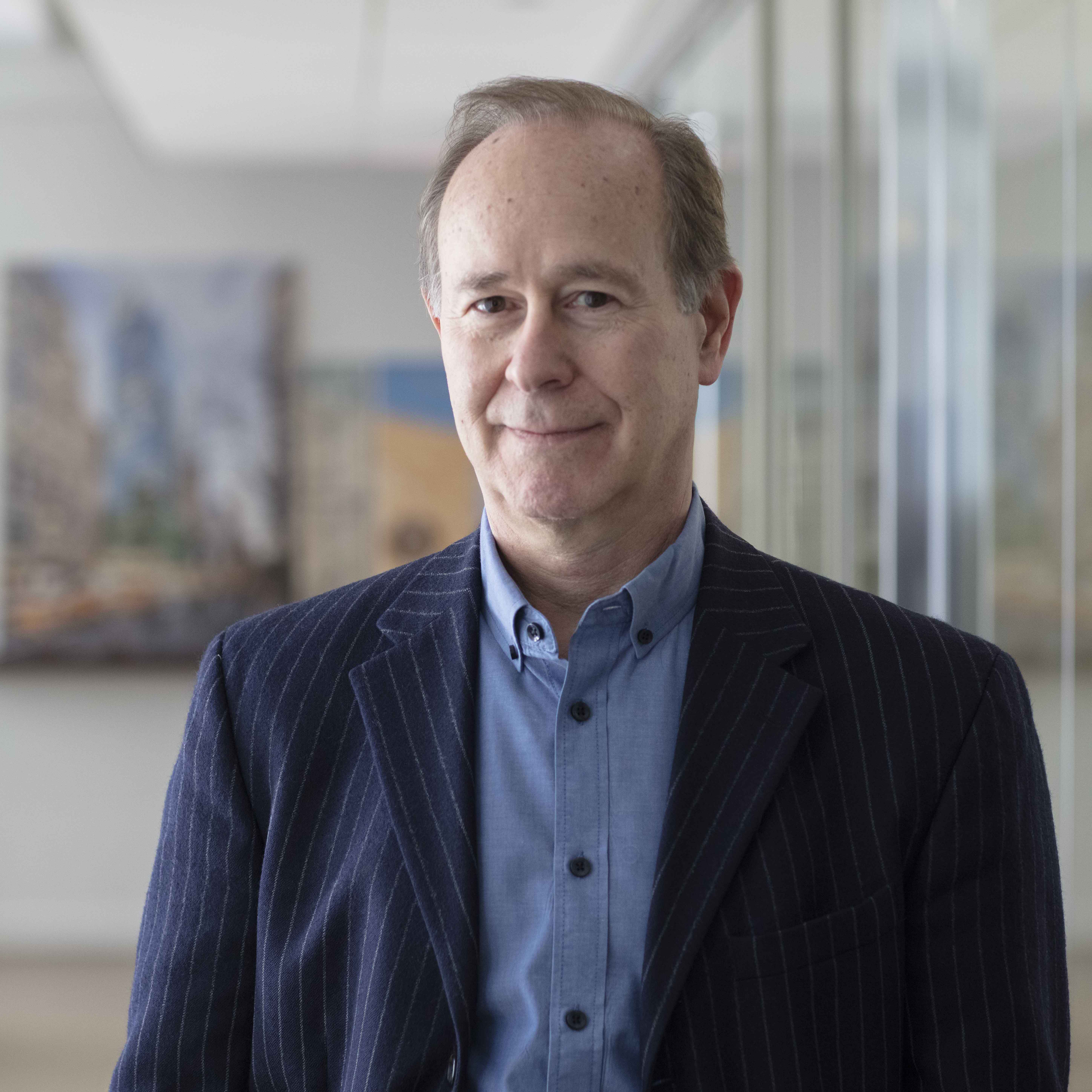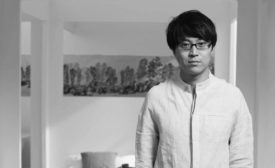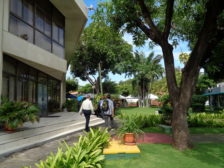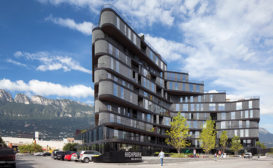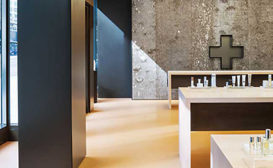Articles by Clifford A. Pearson
Renovation, Restoration, Adaptation
Full Metal Jacket: An abandoned electronics factory is converted into a sprawling space for contemporary art.
Read More
Design Vanguard 2015
Arch Studio, Beijing
A 5-year-old firm uses tension between the historic and the modern to create harmonious places.
Read More
Lower Sproul Redevelopment
Town Meets Gown: With a renovation and a new building, a university redefines an important plaza and establishes a stronger connection between campus and the city.
Read More
Shanghai Tower
Twist and Shout: China's tallest building puts a new spin on high-rise design and asserts itself in a cluster of giants.
Read More
Sherber + Rad
Surface Tension: A progression of materials from rough poplar bark to smooth bronze panels takes clients through a storefront shop to the inner sanctum of a dermatologist and a plastic surgeon.
Read More
Copyright ©2025. All Rights Reserved BNP Media.
Design, CMS, Hosting & Web Development :: ePublishing
